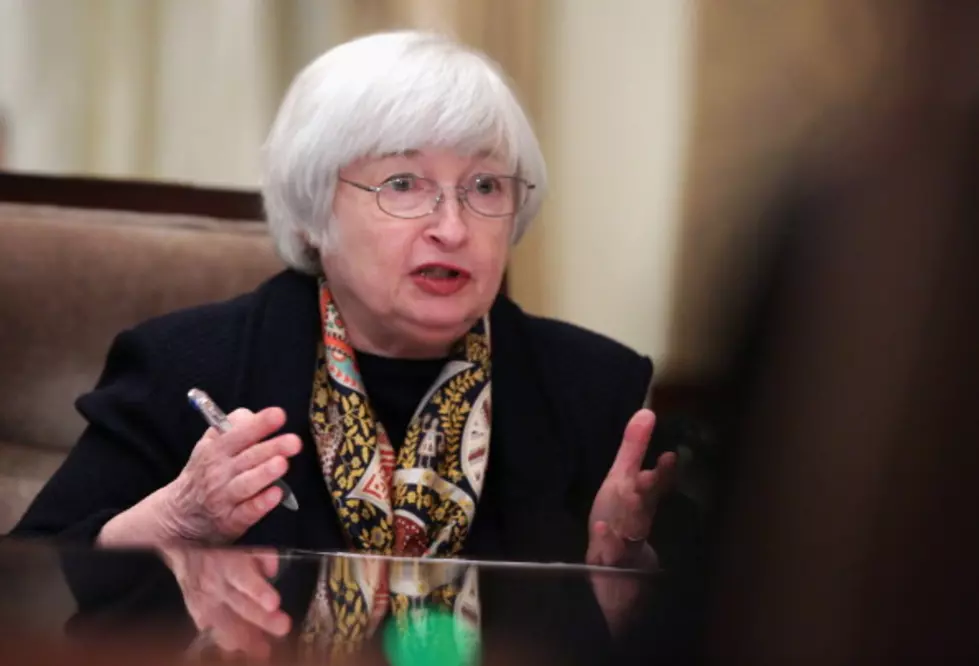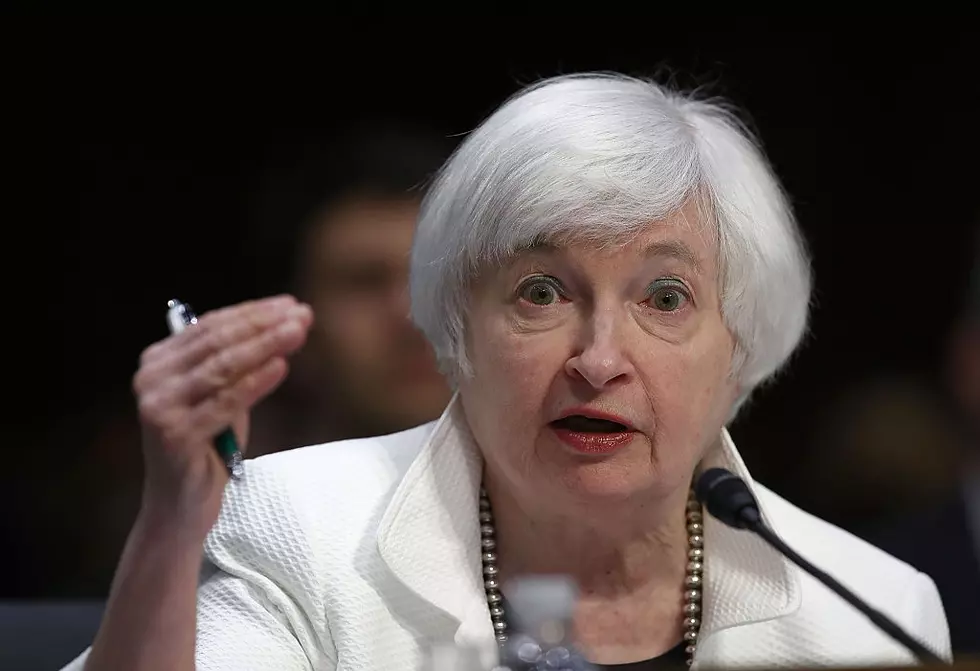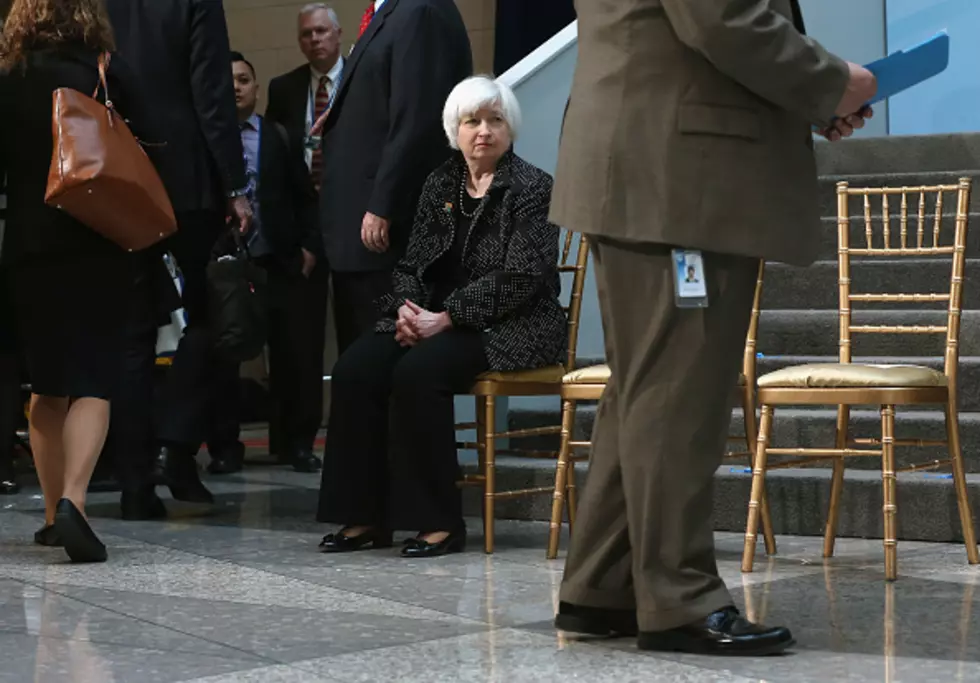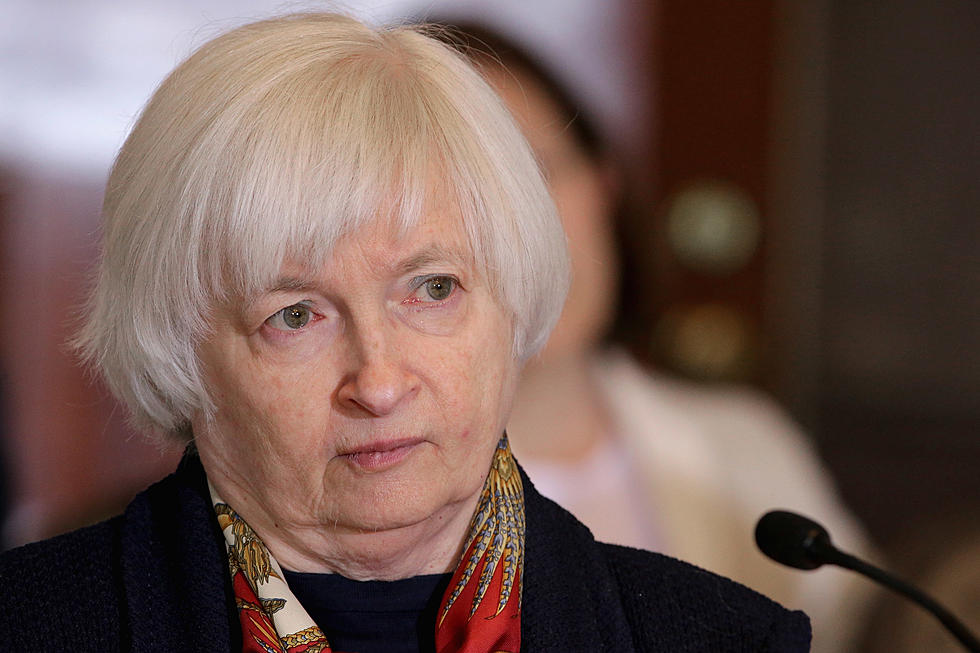
Fed minutes indicate June rate hike unlikely
WASHINGTON (AP) -- Federal Reserve policymakers largely agreed when they met last month that June would be too early to start raising interest rates, as they debated whether the economy's winter weakness would fade or persist.
While "a few" Fed officials believed that the U.S. economy would be ready to raise rates in June, they were outnumbered by "many" Fed officials who viewed it as "unlikely" that the economic data would be strong enough to justify a hike next month.
The divergent views were revealed Wednesday in the minutes of the central bank's discussions at their April 28-29 meeting. The Fed has kept its key rate near zero since December 2008.
The Fed next meets on June 16-17. Many economists at the beginning of the year pegged June as the most likely date for the first rate hike. But many private analysts have pushed that liftoff date to September or even later given unexpected weakness at the start of this year.
"The Fed is still in wait-and-see mode," said Paul Ashworth, chief U.S. economist at Capital Economics.
While rates may not rise as much or as quickly this year as he had initially forecast, Ashworth said he still believes that rising wage growth and higher inflation will push the Fed to move more aggressively next year.
Financial markets took the Fed minutes in stride with stocks moving slightly higher. The minutes were generally in line with market expectations that a June rate hike is unlikely.
The minutes showed that Fed officials are concerned about market reaction once they do start raising rates, especially as bond price "volatility may be greater than it had been in the past" because of high-frequency traders. Some officials worried about triggering a sharp rise in bond rates, similar to the spike that occurred in June 2013 when the Fed first discussed the possibility of trimming its monthly bond purchases.
The overall economy, as measured by the gross domestic product, grew at a meager rate of just 0.2 percent in the January-March quarter. The figure could well be revised by the government next week to show that the economy actually contracted during the period.
In its policy statement issued after the April meeting, the Fed said that the deceleration reflected in part "transitory factors" such as severe winter weather and a now-resolved labor dispute at West Coast ports. But the minutes of the discussion show that officials debated just how temporary the slowdown might be.
"Various reasons were also advanced for believing that some of the recent weakness in the pace of economic activity might persist," the minutes said.
It cited a number of officials who felt that the strong dollar's impact on exports or the effects of cheaper oil on business investment "might be larger and longer-lasting than previously anticipated."
Some officials also noted that consumer spending has yet to feel the expected boost from lower energy prices, while others said the downside risks to growth had risen since the Fed's March meeting.
But policymakers who were confident that the economy would regain momentum pointed to a consistent seasonal pattern in recent years: The first quarter is generally weaker before rebounding in the spring and summer. They also underscored fundamental strengths of the economy such as low interest rates, solid consumer confidence and rising household income.
(Copyright 2015 The Associated Press. All rights reserved. This material may not be published, broadcast, rewritten or redistributed.)
More From New Jersey 101.5 FM









